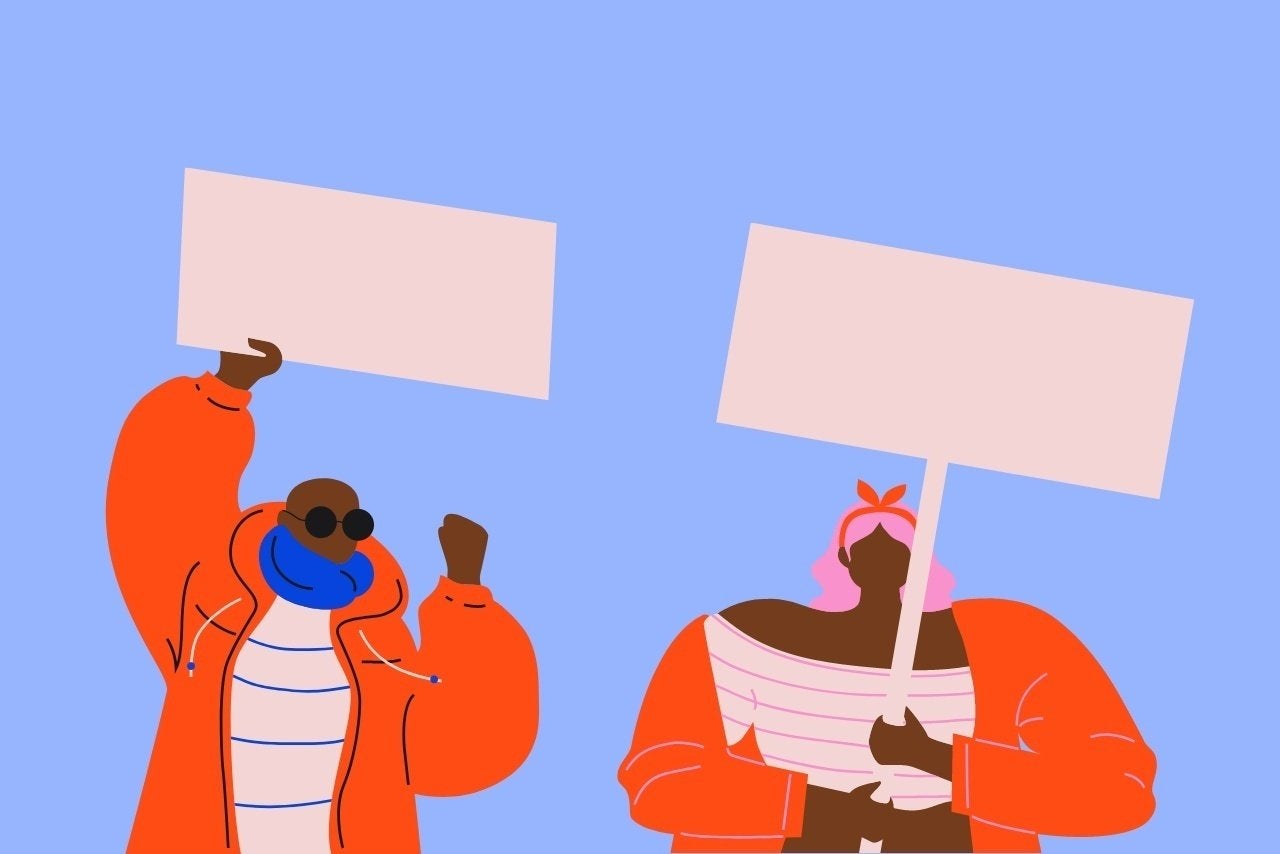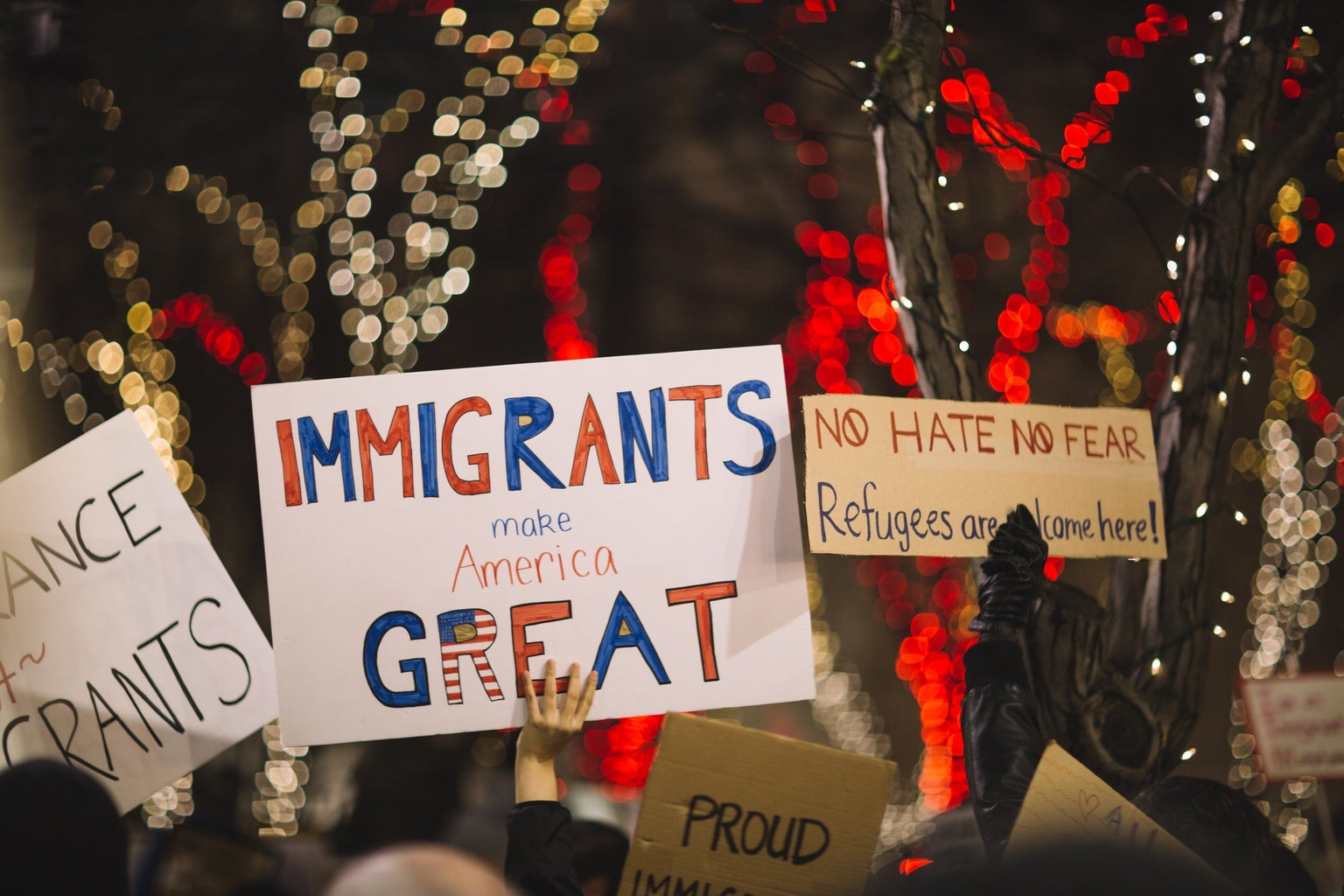Back in September, nurse Dawn Wooten at an ICE detention facility in Georgia transformed from not just a nurse, but a whistleblower. She revealed to the Department of Homeland Security’s Office of Inspector General that a doctor at the facility had been performing hysterectomies on detained womxn without proper consent. The womxn supposedly came out of the procedure surprised, unaware of what had been done to them. This is cruel, inhumane, and like many other forced sterilizations, it has been swept under the rug. It was news for less than a week, and then we as the public forgot and moved on. We as the public, and as a country, have been failing womxn of color for decades.
These sterilizations in detention centers have been compared to those done in concentration camps in World War II and to Uighur Muslims in China, however, these sterilizations are by no means un-American. In 1965, a survey found that a third of Puerto Rican womxn between the ages of 20 and 49 years old had been sterilized. Not by choice, but because the United States wanted to control the population of Puerto Ricans.
The United States has not only forced hysterectomies on womxn to control population, but for eugenics purposes as well. In the early 20th century, thirty-three out of fifty states had eugenics boards which supported forced sterilization. Some eugenics boards targeted disabled people in order to reduce the population of disabled people, but many targeted Black womxn ferociously. Civil Rights activist Fannie Lou Hamer underwent a forced hysterectomy, and she is one of many black womxn to have endured that. She claimed that about two-thirds of all black womxn in Hinds County, Mississippi, had been forced to have the procedure. The state governments of the US were engaging in activity consistent with genocide by performing eugenics through forced hysterectomies on black womxn. Their stories are left out of the history books, and if they are mentioned, the intensity of how much damage was done to these communities was not conveyed. Once again, our history books, and our society, have failed womxn of color.

Forced sterilization still happens in the present day in the United States, not just in ICE detention centers, but in prisons. In California between 2006 and 2010, 148 female inmates had tubal ligations. In some states, inmates are offered a 30-day sentence reduction if they are sterilized. While if they consent to this, it is not technically forced, the premise of giving a person freedom if they are sterilized is still inhumane and participates in eugenics. Since people of color are over-policed, there is a disproportionate amount of people of color who are in prison, which leads to their populations being most affected by these procedures.
The procedures happening in ICE detention centers uncover a secret that America has wanted to keep–the eugenics affecting womxn of color. Following the whistleblower complaint, article upon article came out detailing America’s history of forced sterilization. While many didn’t even hear about what was happening in detention centers because of the chaos that controls this country on a daily basis and often neglects womxn of color, those who did were in for a rude awakening. The practice of forced sterilization against womxn of color is an American tradition. It’s a shameful, dehumanizing, genocidal tradition that has ravaged communities of color in ways that may never be able to be fully measured. It’s time that we pay attention to womxn of color, and listen to them. It is up to us to hold our governments accountable for their terrible tradition, and not let their cries go unheard once again.
Photos: Her Campus Media




